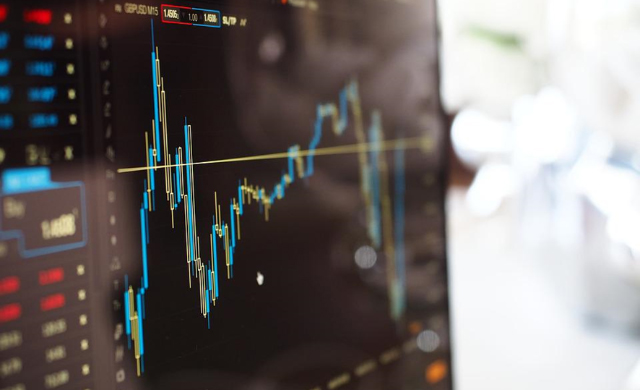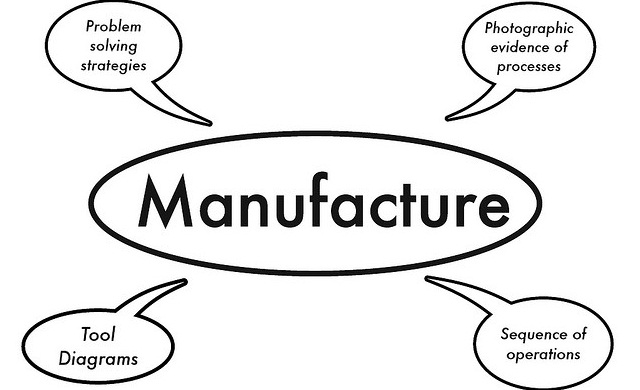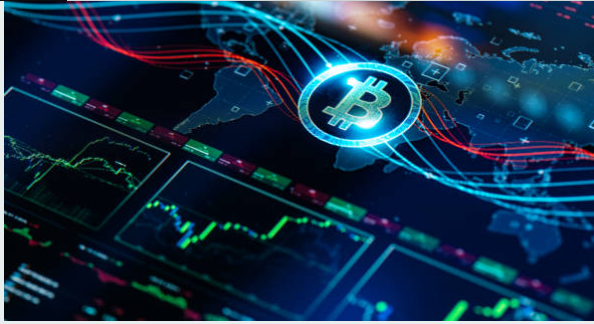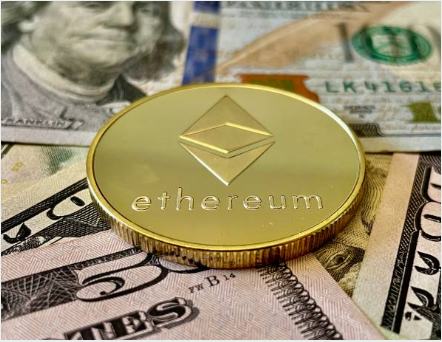A combination of factors, such as geopolitical tensions and, above all, the Fed’s reassessment of interest rate cuts, has led to a correction in the S&P 500 and Nasdaq, dragging cryptocurrencies lower.

On the flip side, the dollar has gained ground, along with Treasury yields.
Still, judging by the green numbers in pre-market, there could be an attempt to buy the dip. And it’s not because all the problems have miraculously disappeared, but rather because of a sense of confidence that nothing major will go wrong, fueled, of course, by FOMO.
Investors have become accustomed to buying on the dips and adopting mantras like “in the long run, indices always go up,” so why worry and sell? The problem is that, with that mentality, one can end up being the last fool to hold on to overvalued assets.
When can we start talking about an uptrend?
Usually, this would require a correction of 40-50% of global growth. In the case of the S&P 500, we would first have to fall below the 4,700-point mark. We are still a long way from those levels, but as the saying goes, it is over once it’s over.
Are there still factors that are driving further declines?
Yes, for example, the continued high-interest rates not only shake up the housing market but also put pressure on commercial banks and businesses as a whole. The big unknown is how long borrowers with high borrowing costs can hold out.
Other risk factors are liquidity imbalances with an apparent deterioration at all levels, macroeconomic factors in transition to stagflation, and a mix of risk factors increasingly leaning towards a crisis scenario in the context of a debt crisis.
What does the near future hold?
Judging by the fact that investors continue accumulating a lot of cash, we may see the 5100 mark in the S&P 500 again. However, for the upward momentum to continue, we need some fundamental reasons to be optimistic, which are currently in short supply.
As always, to be prepared for possible changes in sentiment, it is crucial to follow support and resistance indicators and keep an eye on economic events.


 Hot Features
Hot Features











